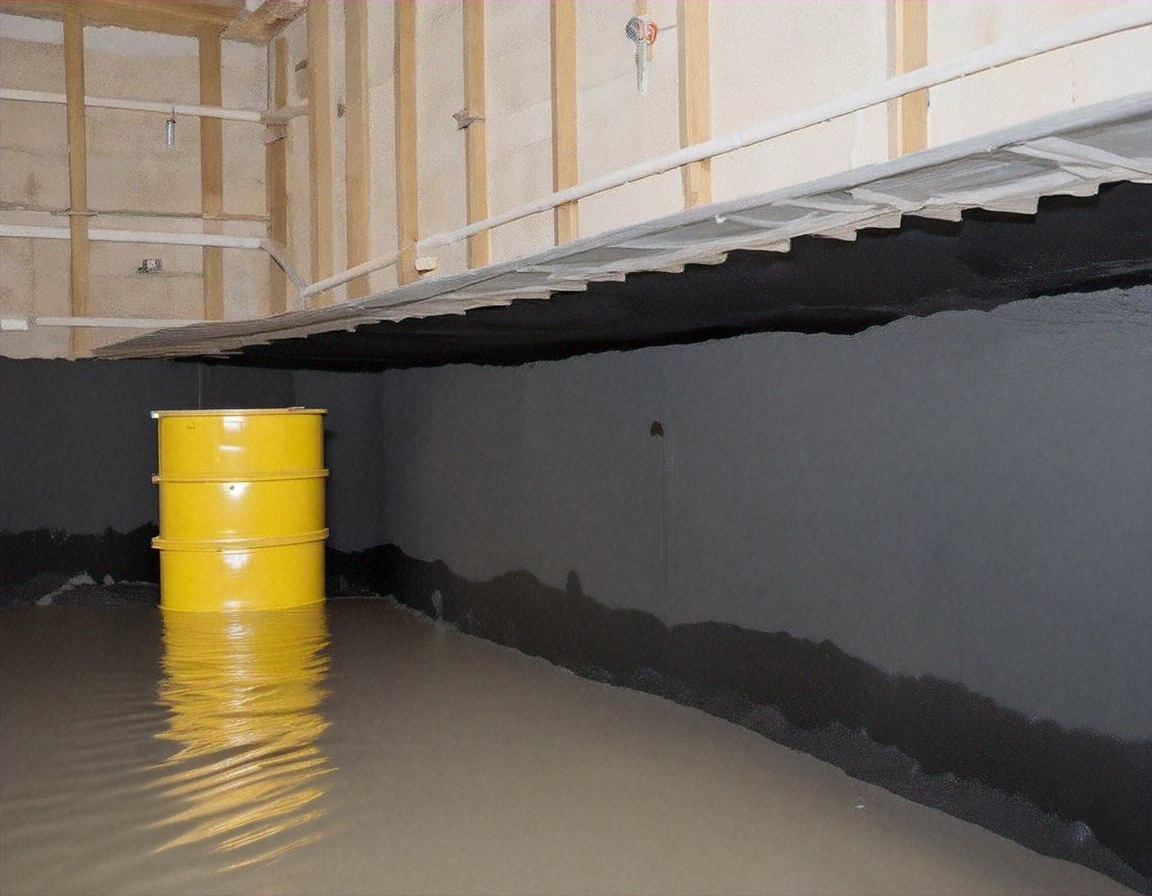Decoding the Shift Towards Walkable Urban Places in Real Estate
In recent years, the real estate market has seen a notable trend towards walkable urban places. This shift, driven by a mix of demographic changes, lifestyle preferences, and environmental consciousness, has significant implications for buyers, sellers, and investors. This article delves into the rise of walkable urban places, exploring their appeal, the challenges they pose, and the potential they hold for reshaping the real estate landscape.

A Historical Perspective on Walkable Urban Places
Walkable urban places, or ‘WalkUPs’, are not a new concept. In fact, they hark back to the pre-automobile era when cities were compact, and everything was within walking distance. However, the advent of automobiles and the post-war housing boom led to widespread suburban sprawl, pushing WalkUPs into the background. Today, with a renewed focus on sustainability and quality of life, WalkUPs are making a comeback.
The Appeal of Walkable Urban Places
The appeal of WalkUPs lies in their ability to offer a mix of residential, office, and retail spaces within an easily walkable area. They cater to the millennial preference for dense, diverse, and transit-accessible neighborhoods. Moreover, they fit into the ‘live-work-play’ lifestyle that many modern urban dwellers aspire to. WalkUPs also align with a growing societal focus on environmental sustainability, as they reduce reliance on automobiles, thereby cutting down on emissions.
Challenges and Potential Impacts
While WalkUPs are undeniably attractive, they also bring certain challenges. High demand can drive up property prices, potentially pushing out lower-income residents. Moreover, the shift towards WalkUPs requires substantial urban redevelopment, which can be time-consuming and expensive.
However, the potential benefits for the real estate market are significant. For investors, WalkUPs present opportunities for mixed-use development projects. For sellers, properties in walkable areas can command higher prices. For buyers, especially those from younger generations, WalkUPs offer the lifestyle they desire.
Backed by Research
A study conducted by George Washington University’s School of Business found that in the 30 largest metros in the US, WalkUPs commanded a 74% rent premium over drivable suburban areas. This underscores the economic potential of WalkUPs and their growing appeal to modern homebuyers.
A Balanced Perspective
While the shift towards WalkUPs heralds exciting changes in the real estate market, it’s essential to maintain a balanced perspective. As with any trend, it’s not without its challenges and implications. However, by being aware of these issues and preparing for them, buyers, sellers, and investors can optimally capitalize on this growing trend.
In conclusion, the rise of walkable urban places is an influential trend shaping the real estate market. As cities continue to evolve and consumer preferences shift, the real estate industry must adapt and innovate. Understanding and embracing trends like WalkUPs is a crucial step towards navigating the future of real estate successfully.




